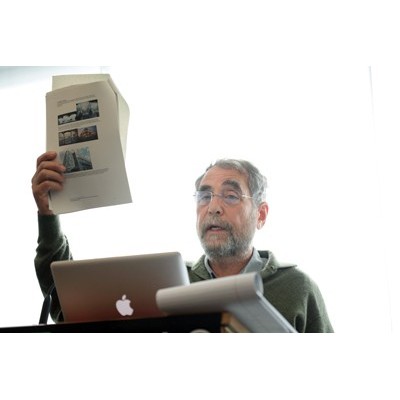
In September 1995, France resumes its nuclear testing program at Moruroa Atoll in the South Pacific with a series of five underground nuclear explosions. Worldwide protests ensue, including the boycott of French wine.
Greenpeace is at the forefront of these protests. The organization sends a fleet of ships to Moruroa to protest this egregious activity, which in previous decades, starting in the 1960s, had severely damaged the integrity of the atolls and spread widespread radioactive contamination throughout the region.
One by one, over several weeks, the Greenpeace ships are illegally seized in international waters by the French navy.
To sustain the “bearing witness” protests, Greenpeace charters the 47 foot sailing boat, Karamba. I am invited to be the lead campaigner on what was to become Greenpeace’s final voyage to Moruroa. With six of us on board, we set sail on the 16-day roundtrip from Papeete, Tahiti.
I am not a sailor and have never sailed in a small boat on the high seas before. It is close to hurricane season and the French military has a history of violence against Greenpeace.
More than once the French have resorted with violence to Greenpeace protests. French foreign service agents blew up the original Greenpeace ship, the Rainbow Warrior, in Auckland Harbour (July 10,1985) killing one Greenpeace photographer, Fernando Pereira. And during the 1995 protests Greenpeace vessels had equipment smashed and crew members manhandled by the French navy. What if the French again use unrestrained and excessive force?
What if something goes utterly wrong? What if I die?
I reflect with sadness on the horrors of nuclear weapons and the mindset that rationalizes the explosion of thousands of nuclear bombs upon our home planet. At the same time I think about the many other ways that humans are undermining nature’s capacity to sustain life.
And in my heart I know that this mission is absolutely “the right thing to do” and that my whole life’s journey has prepared me to stand in opposition to such mindless destruction. It is an opportunity to take action on the world stage. Should the worst happen, acting on my beliefs is not a bad way to leave this life.
Most of the time the Karamba is under autopilot. We all take turns at the helm. Under the big starlit Pacific nights, as the Karamba glides through the voluminous dark waves, with no other human presence around us, I feel so small and insignificant in the universe.
Our arrival to the 10 kilometer exclusion zone around the Moruroa test site, which in my mind has become the scene of a heinous crime, coincides with the 50th anniversary of the United Nations. As the bomb goes off my incredulity...
You have reached your article limit
Sign up for a digital subscription and continue reading all new issues, plus our entire archives, for just $1.50/month.
Already a subscriber? Sign in




